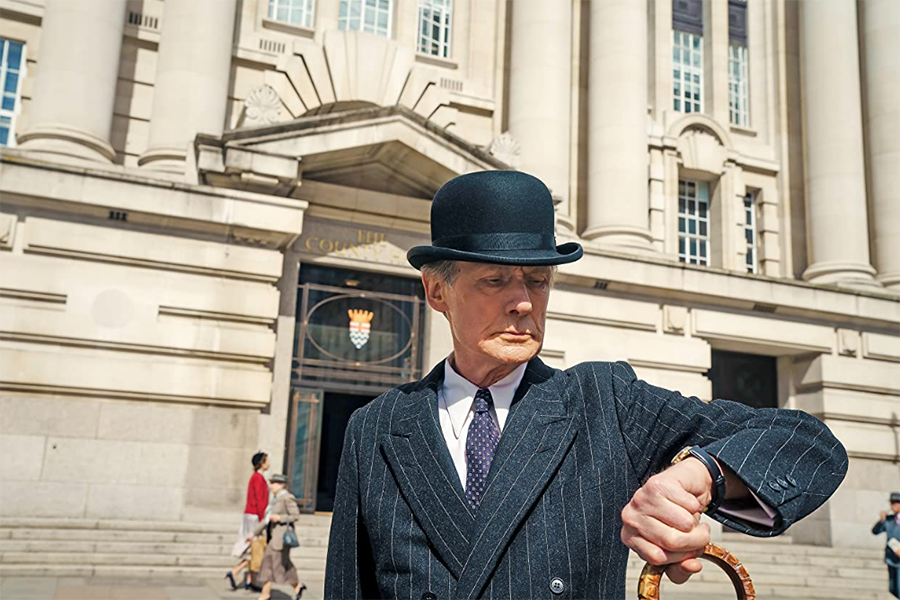
'Living' brings a dying man to life
By Martha K. Baker
"Living" seems to have been written for the brilliant British actor Bill Nighy. After all, the main character, Williams, a man who "doesn't have time to get angry" is diffident, soft-spoken, intelligent, sweetly in the shadows -- like many of the characters Nighy has played.
But that character was first written by Akira Kurosawa for "Ikiru," his 1952 film, which came before "Seven Samurai" and "Rashomon." Kazuo Ishiguro, the Nobel-Prize-winning writer known for "The Remains of the Day" and "Never Let Me Go," had long dreamed of remaking "Ikiru" with Nighy as the lead. In "Living," the two men have, at last, produced a remarkably moving film.
The time is 1950. The place: London. Williams is an exemplary bureaucrat, his head topped with a bowler and his arm weighed with a brolly. He is given to quietly filing paper on a pile rather than making a decision. As he says, "there's no harm" in waiting. Into his office comes a new man -- a writer's trick that allows for filling in background to the audience. The new man is told he has to get on "the right side of the old man" because he's "a bit on the frosty side."
Soon, Williams receives a diagnosis that alters his way of living and that makes him rethink, further, what does harm. He is drawn to act on the petition of three women who want to better the lives of poor children with a playground. Williams is galvanized into "skiving," a Britishism for vacating the office, abandoning his chair at the head of the desks' T .
Nighy perfects the role as usual, elevating Williams' dimensions by slight degrees. Aimee Lou Wood and Alex Sharp work well within the excellent supporting cast. Oliver Hermanus directed "Living" with the expertise he brought to "Moffie" in 2019. He has an intriguing way of alternating flashbacks with narration without losing focus on the grace of the main character.
Aiding the production tremendously is Jamie Ramsay's cinematography, especially the lighting, both shadowy and blinding. In his office, Williams sits before a massive window of white light. The light on his old face in a rail car near the end is equally defining. Ramsay, who also worked on this summer's Fifties' caper, "See How They Run," establishes the tone of "Living" with archival footage of film from 1953. As he says, "The purpose was to very quickly and smoothly create a visual context."
"Living" has no car chases, no booms, no twists after the first recalibration. "Living" is elegiac and simply unforgettable.


